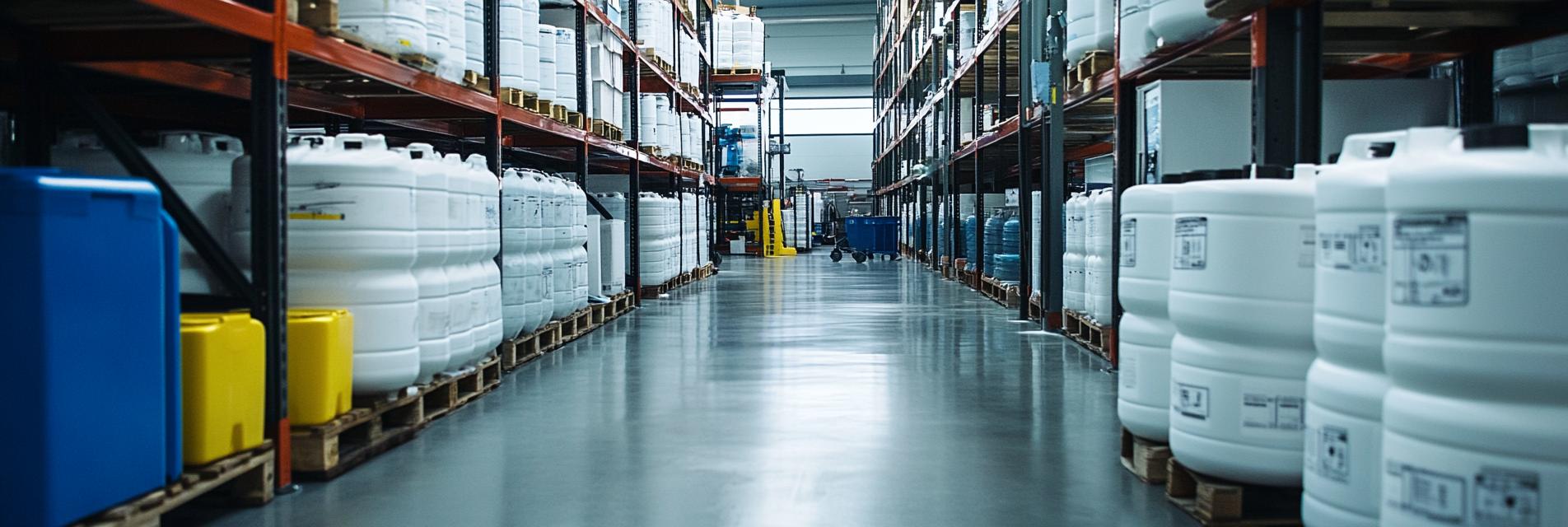Urea is one of the most widely used nitrogen fertilizers in agriculture due to its high nitrogen content and efficiency. Proper storage and transportation of urea are crucial to maintain its quality and effectiveness while ensuring safety for handlers and the environment. This article explores best practices for urea storage and transportation, providing insights into common issues and their resolutions.
Storing urea correctly is vital for preserving its chemical integrity. Here are key points to consider:
Choose a dry and cool storage area free from direct sunlight. The ideal temperature range is between 10°C and 30°C. Moisture control is critical, as moisture can lead to caking and affect the urea's solubility.
Use airtight, moisture-proof containers to prevent contamination. Aim for durable materials that resist chemical interactions and external elements.
Implement a first-in, first-out (FIFO) stock rotation system to ensure older products are used first. This helps to avoid deterioration of urea over time.
Proper transportation methods are crucial for maintaining urea quality during transit:
Utilize suitable vehicles that are clean, well-ventilated, and equipped with moisture control systems. Enclosed containers help in protecting the product from environmental factors.
Ensure that urea bags or containers are securely loaded to prevent shifting during transport. This reduces the risk of breakage and spillage, which can lead to potential hazards.
Regularly monitor temperature and humidity levels during transit. If transporting over long distances, consider climate conditions and choose appropriate routes to minimize exposure to adverse weather.
While transporting and storing urea, various challenges may arise:
Caking occurs due to moisture ingress. To mitigate this, ensure proper sealing of storage containers and maintain a low humidity environment.
Contaminated urea can reduce efficacy. Maintain stringent cleanliness practices for both storage and transportation containers.
To guard against temperature fluctuations, use insulated containers and monitor environment conditions closely, especially during seasonal changes.
In conclusion, adhering to best practices for urea storage and transportation is fundamental for ensuring safety, efficacy, and environmental responsibility. By addressing common challenges and implementing effective solutions, agricultural professionals can optimize the use of urea fertilizers in their operations.
